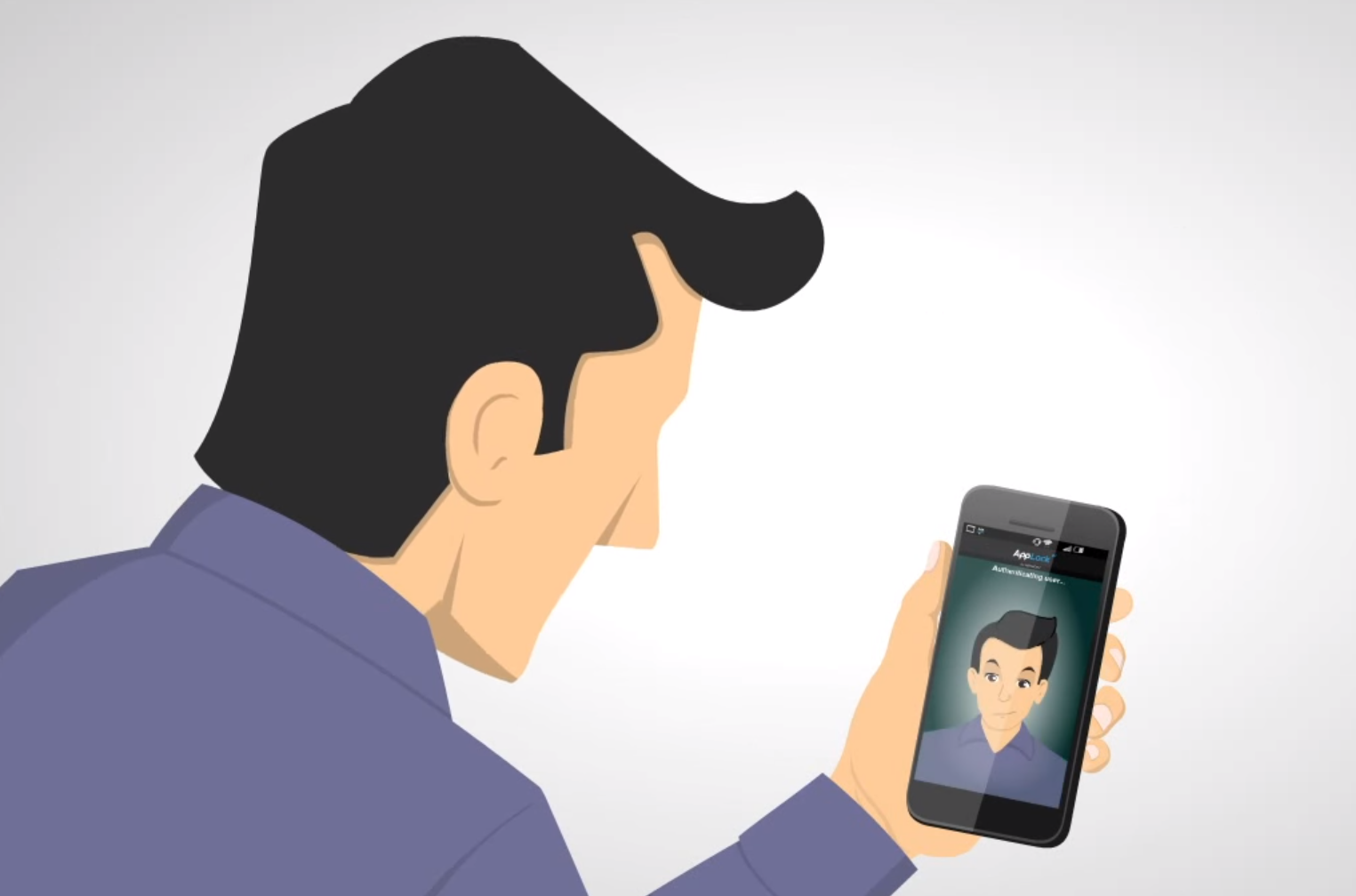By Nicole DiGiose
Although security technologies are constantly evolving and becoming more advanced, identity thieves are right there with them. The use of ever-more-complex and constantly refreshed passwords is one defense, but their increasing inconvenience is resulting in poor adoption. Biometrics, authentication based on a user’s unique physical characteristics, is an alternative to passwords that has just gotten a performance boost with the advent of biometric fusion.

TrulySecure can differentiate individuals in less than a second at a 99.999% accuracy rate. Image source: Sensory.
According to Parks Associates, 76% of broadband households express high levels of concern about security and privacy issues when using any of their connected devices. Yet when cellphones and laptop computers have tried biometric authentication, they meet with limited success. The basic sensors and relatively unsophisticated recognition algorithms in mobile device fingerprint detection, for instance, are readily fooled. Iris scanning, using the mobile device’s camera, may have more potential but still faces reliability challenges. As a result, many consumers still don’t trust biometric authentication.
That may be about to change. Speech and vision technology company, Sensory, recently unveiled a major update to its TrulySecure, FIDO-Certified multimodal biometric authentication technology. By using a fusion of face and voice biometric recognition technologies, the company claims, TrulySecure can differentiate individuals in less than a second at a 99.999% accuracy rate.
According to CEO of Sensory, Todd Mozer, the company has updated its deep-learning convolutional neural nets to improve accuracy of TrulySecure more than 50% over prior alternatives. This latest release (which is the third version of the technology) expands on Sensory’s fusion of face and voice biometrics recognition by improving recognition of enrolled users in challenging scenarios. For example, other face biometric recognition solutions require a reduction in user security to compensate for the false rejects associated with not recognizing users while wearing something such as glasses. Sensory upgraded TrulySecure’s embedded deep-learning algorithms to recognize users even when a small part of the user’s face is obstructed by wearable accessories.
To further improve security, Sensory added a second factor to its facial recognition — voice recognition. When combined, facial and voice recognition create a system that’s low-cost to implement, easy to use with seamless interaction, and highly secure, the company claims. “Face and voice each have some very nice characteristics,” Mozer told Electronic Products. “They require no special hardware and they do not require touching, so each can be done in a more seamless manner and from a distance, also making them easier to implement continuous tracking.”
On their own, Sensory’s face and voice biometric recognition solutions offer top-notch security. Their fusion makes it nearly impossible for an imposter to gain access to a protected device or app. And the approach does not require connectivity in order to function, either.
“TrulySecure runs all biometrics on a device,” said Mozer. “There's nothing in the cloud to steal. We can encrypt the biometric representation and we can store it on a device on the Trusted Execution Environment (TEE), which is a secure area of the main processor,” he said. “Sensory has applied and received FIDO Compliance, so we support the various security features. In addition, we have gone beyond traditional anti-spoofing and liveness approaches by deploying proprietary deep-learning anti-spoofing so that videos and photos don’t easily work to break in.”
A high-reliability, cloudless approach will be key to consumer acceptance of biometric fusion security. People don’t want to be locked out of their devices just because the network is down, for instance. There’s also concern, based on the limited accuracy of prior biometric systems, that the fusion of several factors will lead to increases in false negatives; i.e., the system failing to recognize the real thing. People don’t want to be locked out of their devices because the system won’t recognize them, either. But they do want the system to lock out others.
According to Mozer, there’s always a trade-off between false accept rates (FAR) and false reject rates (false negatives or FRR) in biometric systems. But fusion does not aggravate the situation. “Layering biometrics actually improves accuracy, and this improvement can be applied to FAR or FRR, or both,” said Mozer. “Otherwise, by applying multiple biometrics, we can lower the acceptance threshold for accepting, thereby lowering FRR, without hurting FAR.”
Biometric fusion security is suitable for a wide range of applications, including banking, enterprise, mobile payment, password manager, and retail apps. But mobile devices may well be its first big market. Sensory’s TrulySecure has SDKs and FIDO-compliant authentication solutions for both Android and iOS, allowing developers to offer the same user authentication experience across today’s most popular mobile devices. What’s more, Sensory has ported its AppLock app UX into the TrulySecure SDK for Android and iOS devices, offering a reference UI for customers to use as-is or to modify for use within their own apps.
Android users can also experience Sensory’s advanced face and voice biometrics technologies by searching for “AppLock by Sensory” on the Google Play store.
Advertisement
Learn more about Electronic Products Magazine





